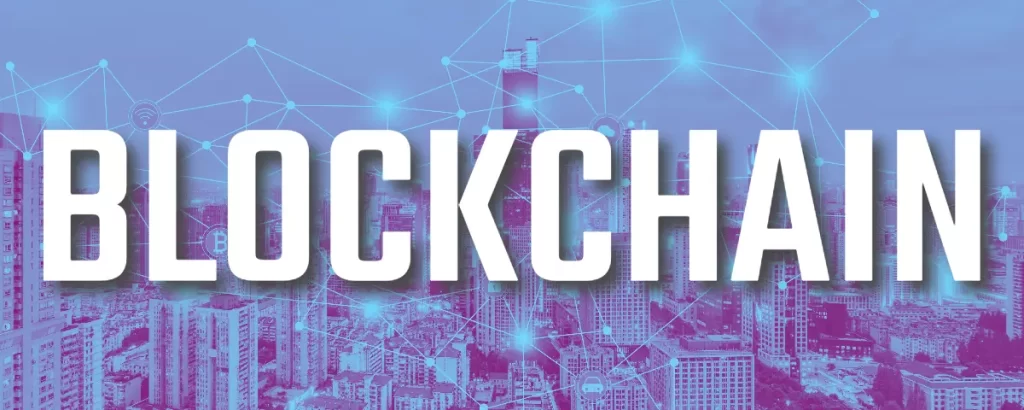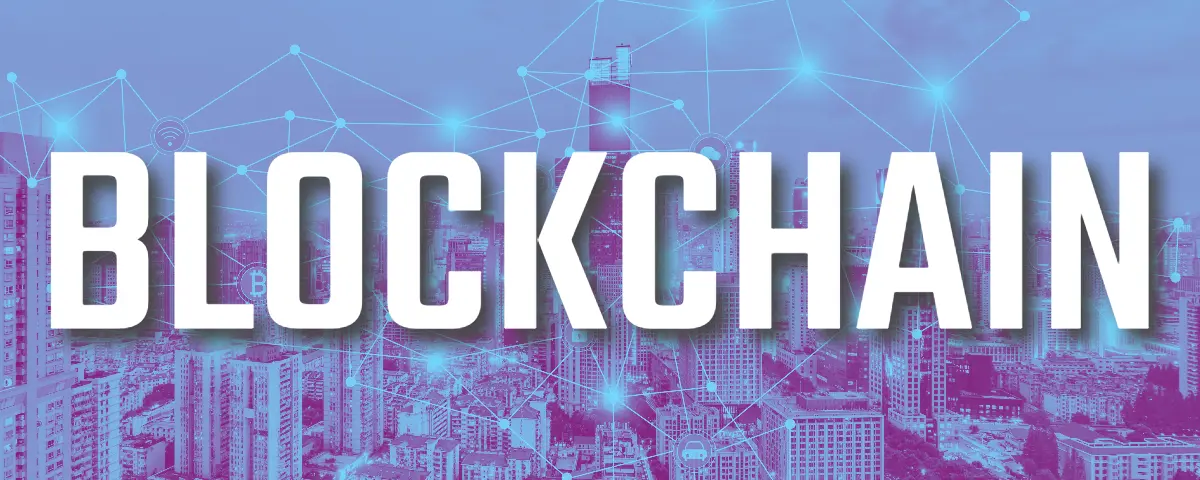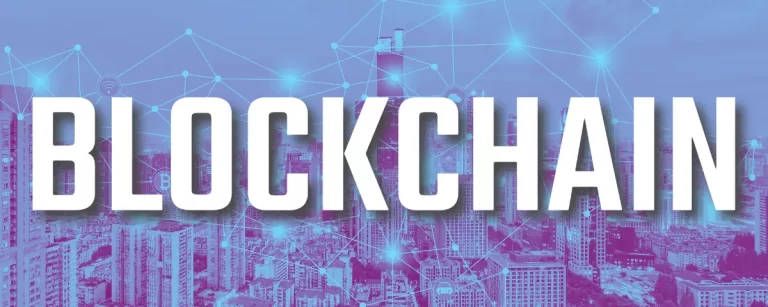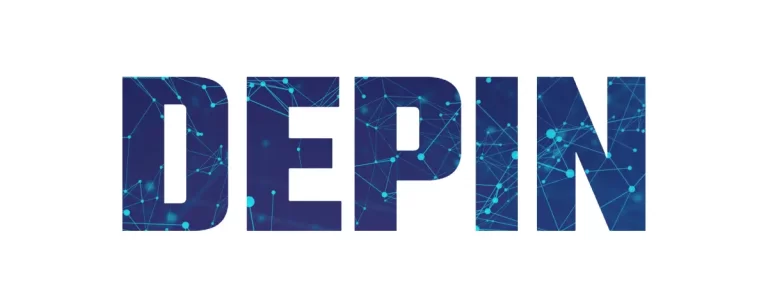Blockchain technology has been on the rise for some years now, with applications in various industries such as Decentralized Finance, Decentralized infrastructure, GameFi, and more. At its core, a blockchain is a decentralized, distributed ledger that records transactions across a network of computers. However, blockchain is not a monolithic technology, but rather a stack of different layers that work together to enable secure and efficient transactions. In this post, we will explore the different layers of blockchain and their respective roles in enabling this innovative technology.
Execution Layer
The execution layer is responsible for processing transactions and executing smart contracts on the blockchain. It is the layer where developers build and deploy decentralized applications (dApps) that run on the blockchain. Examples of execution layers include the Ethereum Virtual Machine (EVM), SVM, Cosmos SDK, and many more. The choice of execution layer will depend on the specific requirements of the Dapp, such as the level of security, scalability, and interoperability needed.
Consensus Layer
The consensus layer is responsible for ensuring that all nodes in the blockchain network agree on the current state of the ledger. It enables nodes to reach a consensus on the validity of transactions without the need for a central authority. The most well-known consensus mechanism is Proof of Work (PoW), which is used by Bitcoin and other cryptocurrencies. However, other mechanisms such as Proof of Stake (PoS) have emerged as more energy-efficient alternatives. The choice of consensus mechanism will depend on the specific requirements of the blockchain, such as the level of security and decentralization needed.
Data Availability Layer
The data availability layer is responsible for ensuring that data is accessible and verifiable by all nodes in the blockchain network. This is crucial for maintaining the integrity of the ledger, as it prevents malicious actors from tampering with data or withholding information. Various solutions exist for ensuring data availability, such as distributed hash tables (DHTs) and content-addressable storage (CAS). The choice of data availability solution will depend on the specific requirements of the blockchain, such as the size and frequency of data updates.
Settlement Layer
The settlement layer is responsible for finalizing transactions on the blockchain. It enables parties to exchange value securely and efficiently, without the need for intermediaries. Various settlement mechanisms exist, such as payment channels and atomic swaps. Payment channels enable parties to conduct multiple transactions off-chain, while atomic swaps enable the exchange of different cryptocurrencies without the need for a trusted third party. The choice of settlement mechanism will depend on the specific requirements of the transaction, such as the level of privacy and speed needed.
How the Layers Work Together
To understand how the different layers of blockchain work together, let’s consider an example of a simple transaction between two parties.
Step 1: Transaction Creation
The transaction is created by the sender, including the recipient’s address and the amount to be sent. This transaction is then broadcast to the network.
Step 2: Execution Layer
The transaction is received by nodes in the network, which validate it using the rules defined by the execution layer. If the transaction is valid, it is added to the mempool, a pool of unconfirmed transactions.
Step 3: Consensus Layer
Miners or validators, depending on the consensus mechanism, collect transactions from the mempool and group them into a block. They then compete to solve a complex mathematical puzzle, with the winner getting to add the block to the blockchain. This process ensures that all nodes agree on the state of the ledger.
Step 4: Data Availability Layer
Once a block is added to the blockchain, it is propagated across the network, ensuring that all nodes have access to the latest version of the ledger. The data availability layer ensures that the data is accessible and verifiable, preventing tampering or loss of data.
Step 5: Settlement Layer
Finally, the transaction is settled, and the funds are transferred to the recipient’s address. The settlement layer facilitates this process, enabling the secure and efficient exchange of value between parties
Conclusion
In conclusion, the different layers of blockchain work together to create a secure, decentralized, and efficient system for transactions. By understanding these layers and their roles, we can unlock the full potential of this transformative technology. As blockchain continues to evolve, we can expect to see new developments and innovations that build upon these foundational layers, shaping the future of transactions and beyond. We hope this blog post has been informative and inspiring, and we encourage you to continue exploring the exciting world of blockchain.










